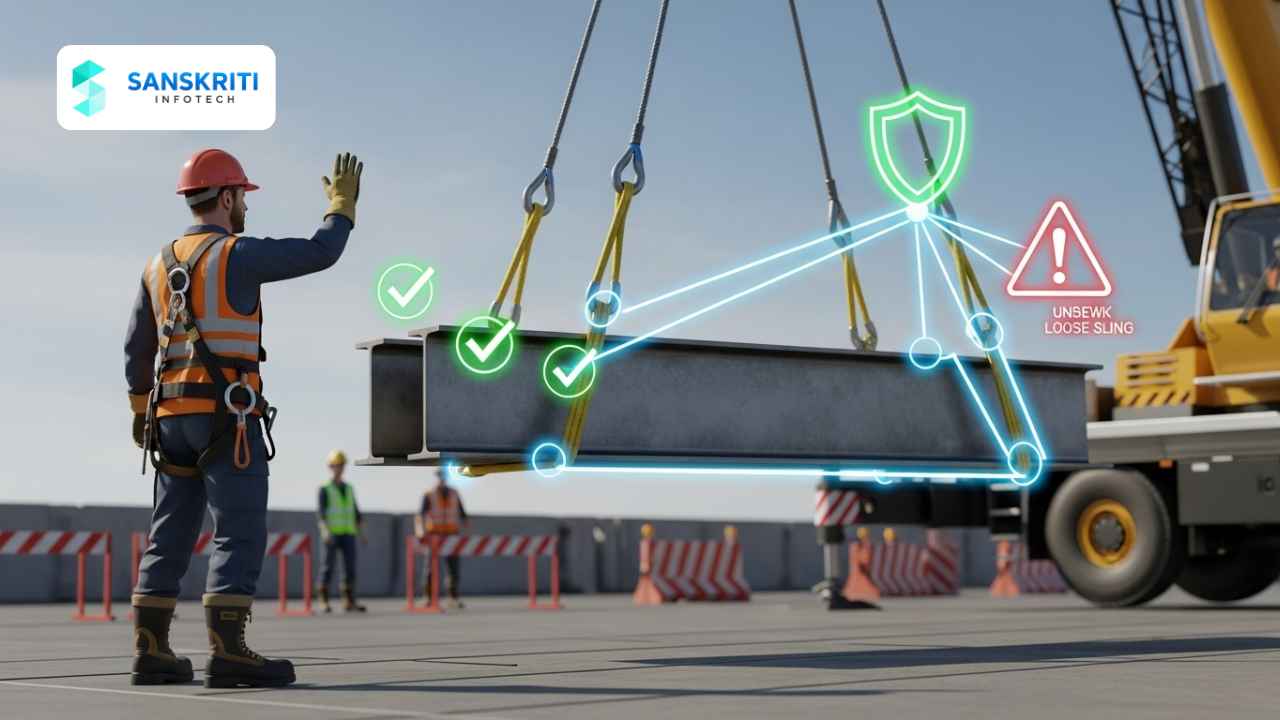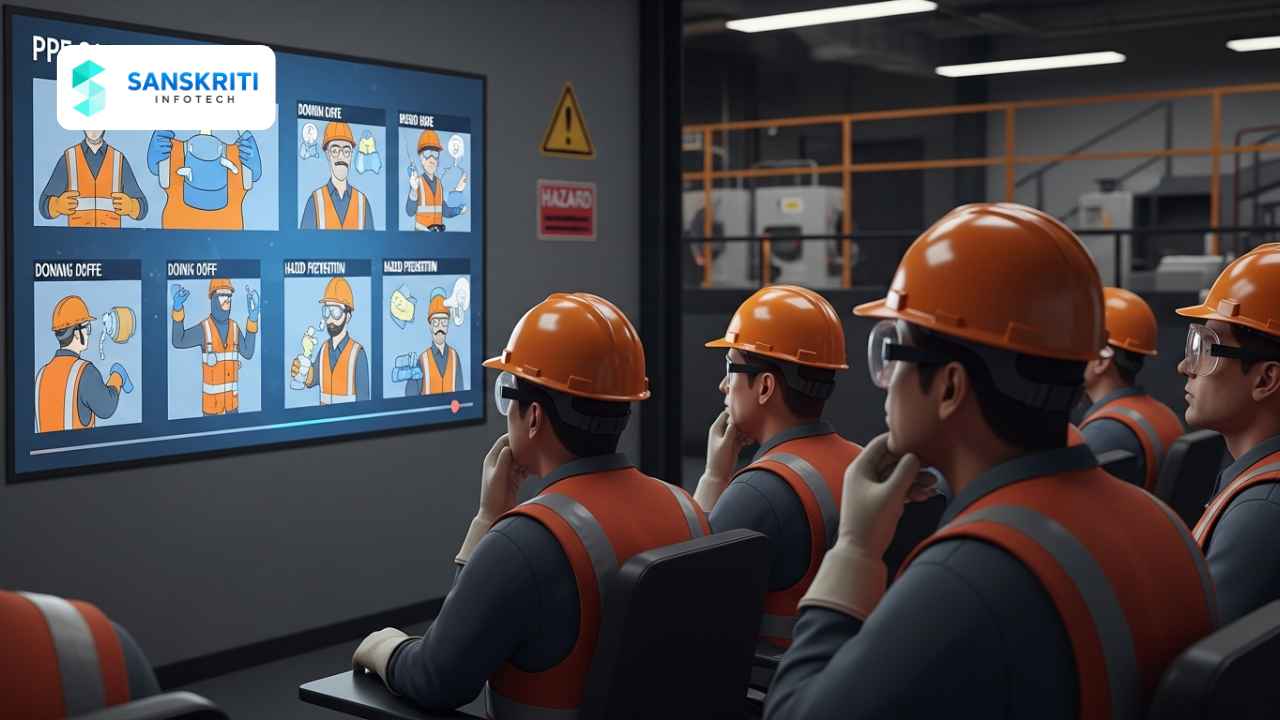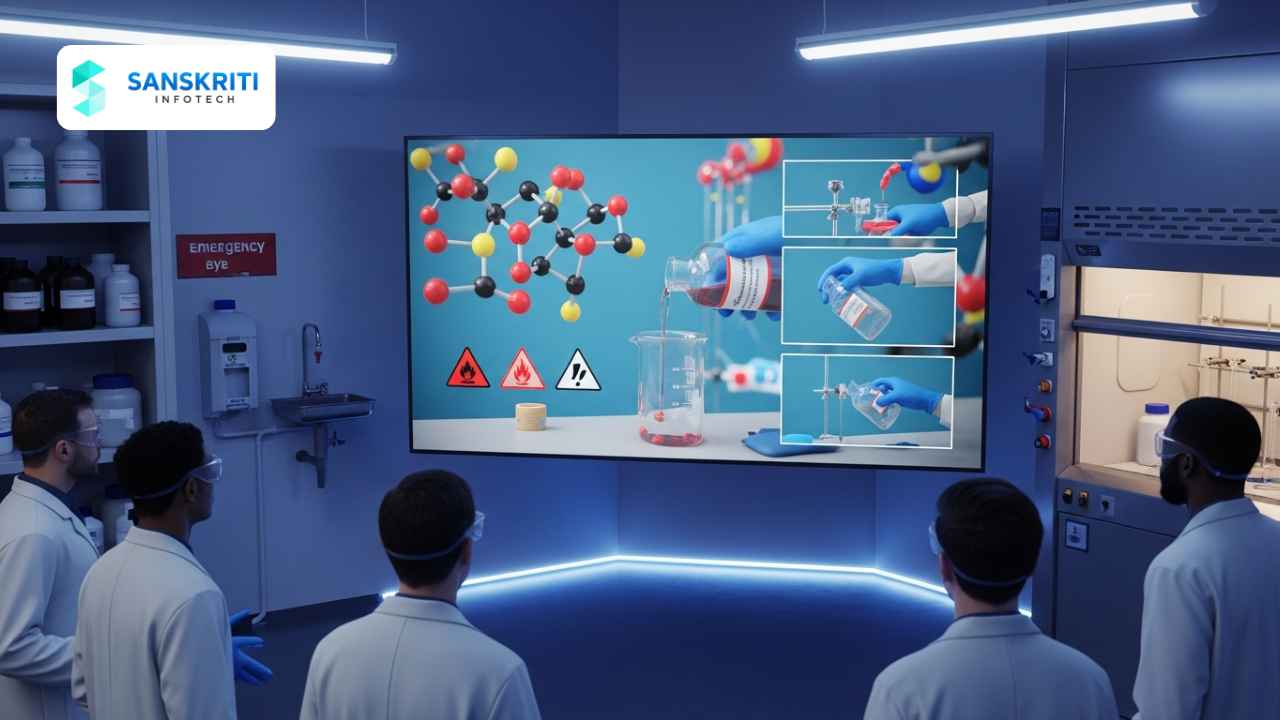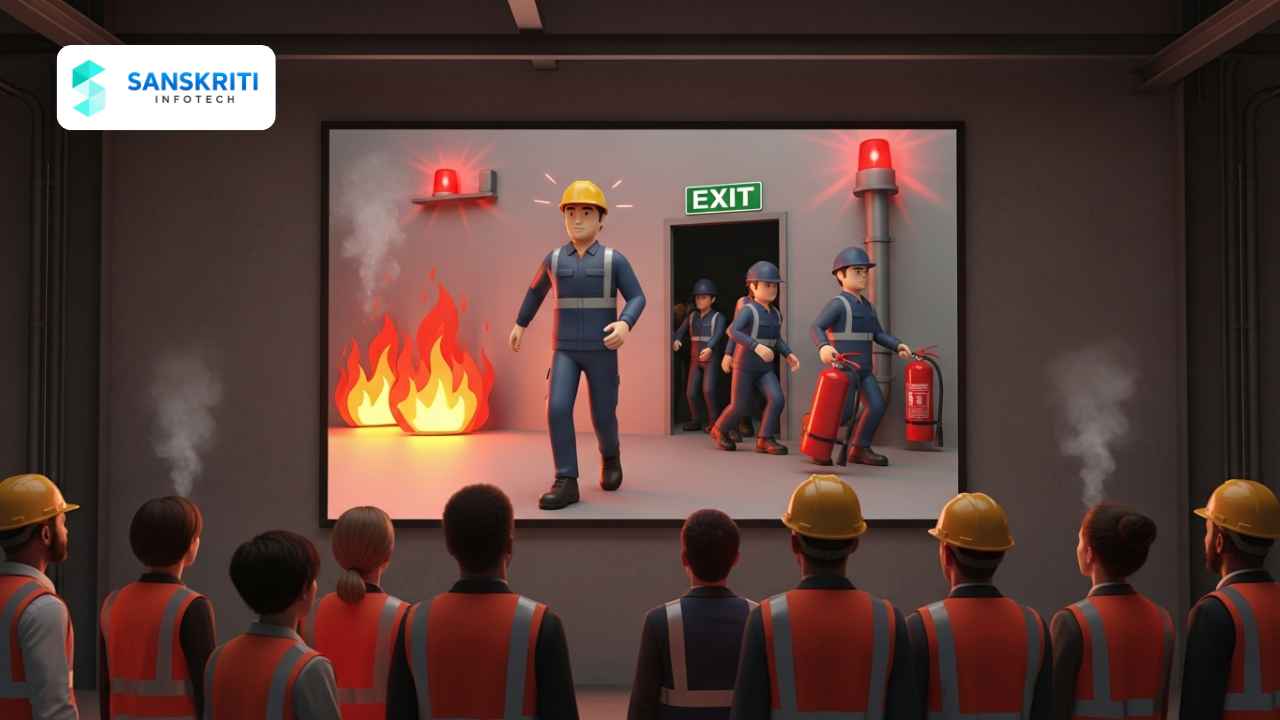Table of Contents
Introduction
Rigging & Slinging Safety Animation is becoming an essential training tool for industries like construction, oil & gas, heavy manufacturing, and logistics. Every year, load drops and rigging accidents cause severe injuries, fatalities, and costly project delays. According to OSHA, rigging failures are among the leading causes of crane-related incidents, with improper slinging and load instability being the most common culprits. Safety managers and HSE heads are under constant pressure to train workers effectively while ensuring compliance with OSHA, ANSI, and LEEA standards. This is where 3D rigging and slinging safety animations come in—transforming traditional safety training into a visual, engaging, and practical experience.
What is Rigging & Slinging Safety Animation?
Rigging & Slinging Safety Animation is a 3D training solution designed to demonstrate proper load lifting, signaling, and slinging techniques. Instead of relying on static manuals or lengthy lectures, workers can see real-world rigging scenarios brought to life. Animations show correct sling angles, weight distribution, crane signaling, and hazard zones, making complex concepts easier to grasp.
Common Rigging Hazards & Why Accidents Happen
Despite clear guidelines from OSHA Rigging Safety Standards and ANSI, rigging accidents still occur due to poor training, rushed operations, or miscommunication. Some of the most common hazards include:
- Load instability from improper sling angles
- Using damaged slings or chains
- Lack of proper crane signaling
- Ignoring load weight limits
- Workers standing in fall zones
Animations help visualize these hazards, making it easier for workers to recognize risks and prevent accidents.
How 3D Animation Improves Rigging Training
3D safety animations provide a step-by-step visual walkthrough of rigging operations. For example, workers can see how a 10-degree sling angle increases tension dramatically or how improper signaling can lead to crane operator errors. By visualizing hazards and safe practices, employees retain knowledge better than through text-based methods. Review ANSI/ASME B30 Sling Safety Standards for best practices.
Industry Use Cases
Rigging & Slinging Safety Animation has applications across multiple industries:
- Construction: Preventing crane load drops on congested sites.
- Oil & Gas: Training rigging crews for offshore platforms where accidents can be catastrophic.
- Heavy Manufacturing: Educating teams on safe handling of oversized machinery parts.
- Shipping Yards: Demonstrating safe slinging of containers and bulk materials. For detailed hazard insights, see NIOSH Lifting and Rigging Hazards.
Companies like Bechtel and Fluor have already reported that visualization-based training significantly reduces incident rates in high-risk operations.
Compliance & ROI Benefits
Rigging & Slinging Safety Animations support compliance with OSHA 1926 Subpart CC, ANSI/ASME B30 standards, and LEEA guidelines. Beyond compliance, companies benefit from fewer accidents, reduced downtime, and better-trained workers. For load handling regulations and ROI outcomes, view HSE UK Load Handling Safety. According to a McKinsey study, companies investing in immersive safety training reduce lost-time injuries by up to 60%, directly impacting project profitability.
Conclusion
Rigging & Slinging Safety Animation is more than just a training tool—it’s a way to prevent costly and life-threatening accidents. By showing workers what can go wrong and how to do it right, companies can build a stronger safety culture while meeting compliance requirements. If your organization handles heavy lifting operations, investing in 3D rigging animations can protect both people and projects.
👉 Contact Sanskriti Infotech today to discuss how Rigging & Slinging Safety Animation can be customized for your workforce.






